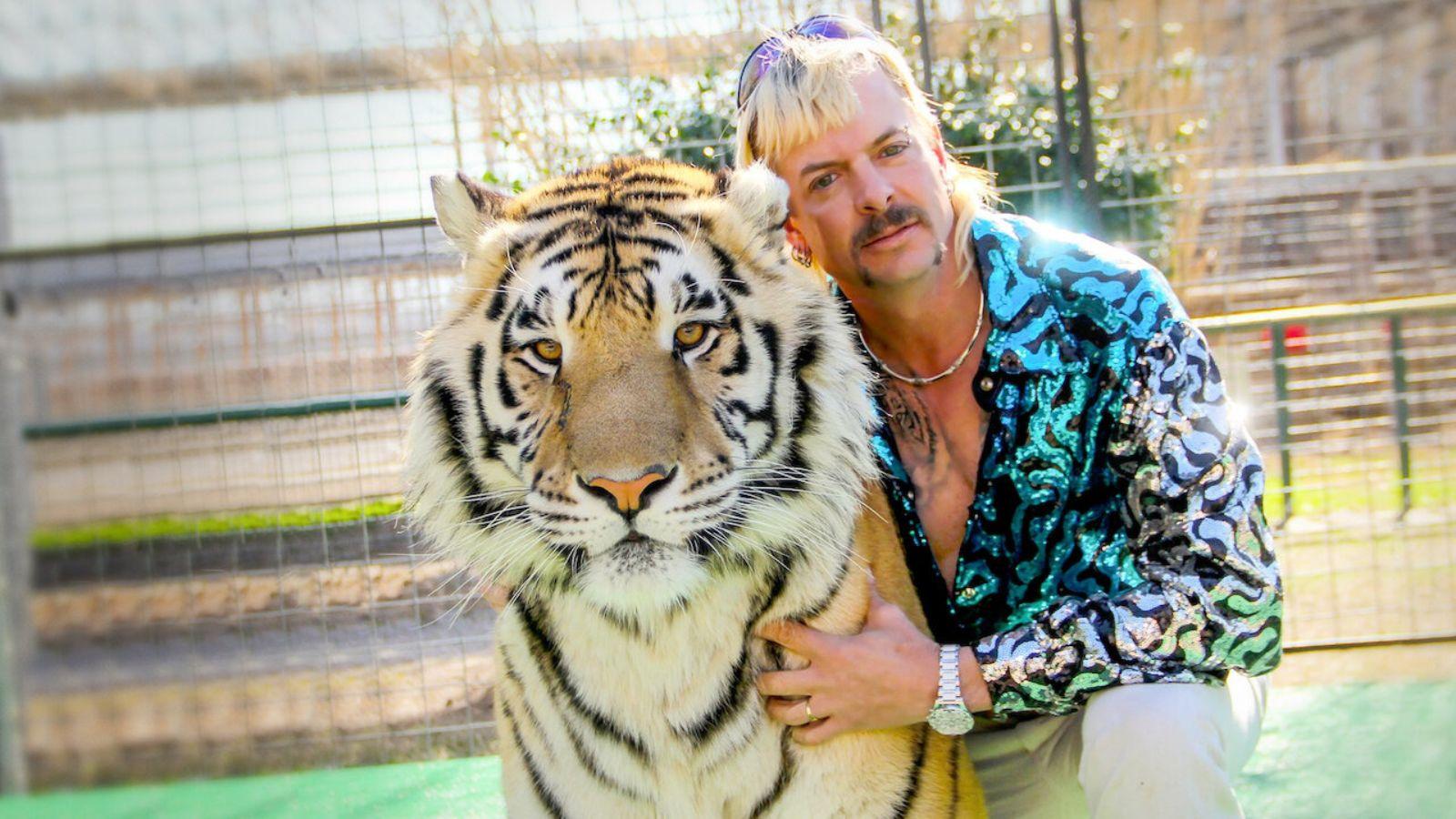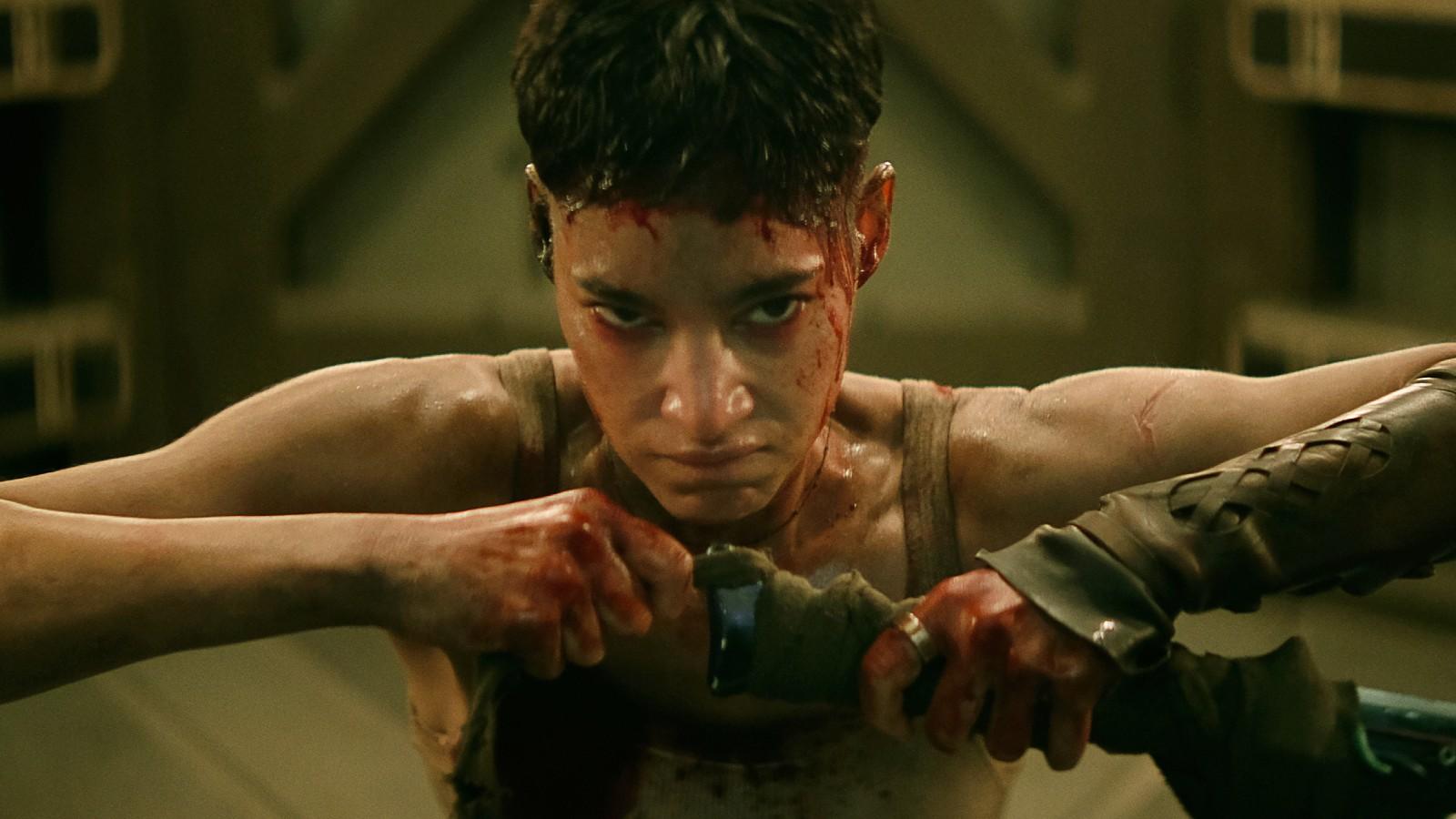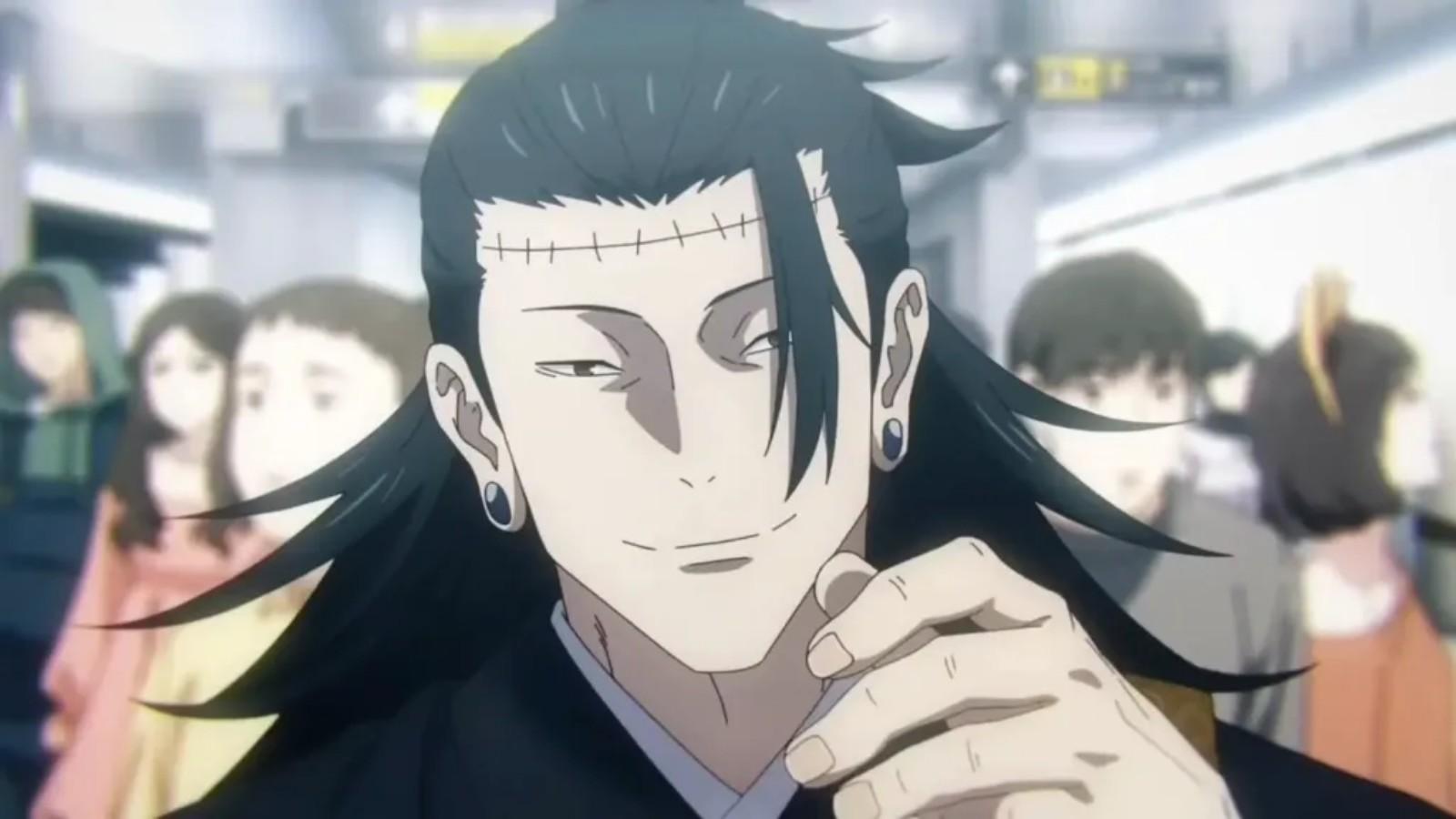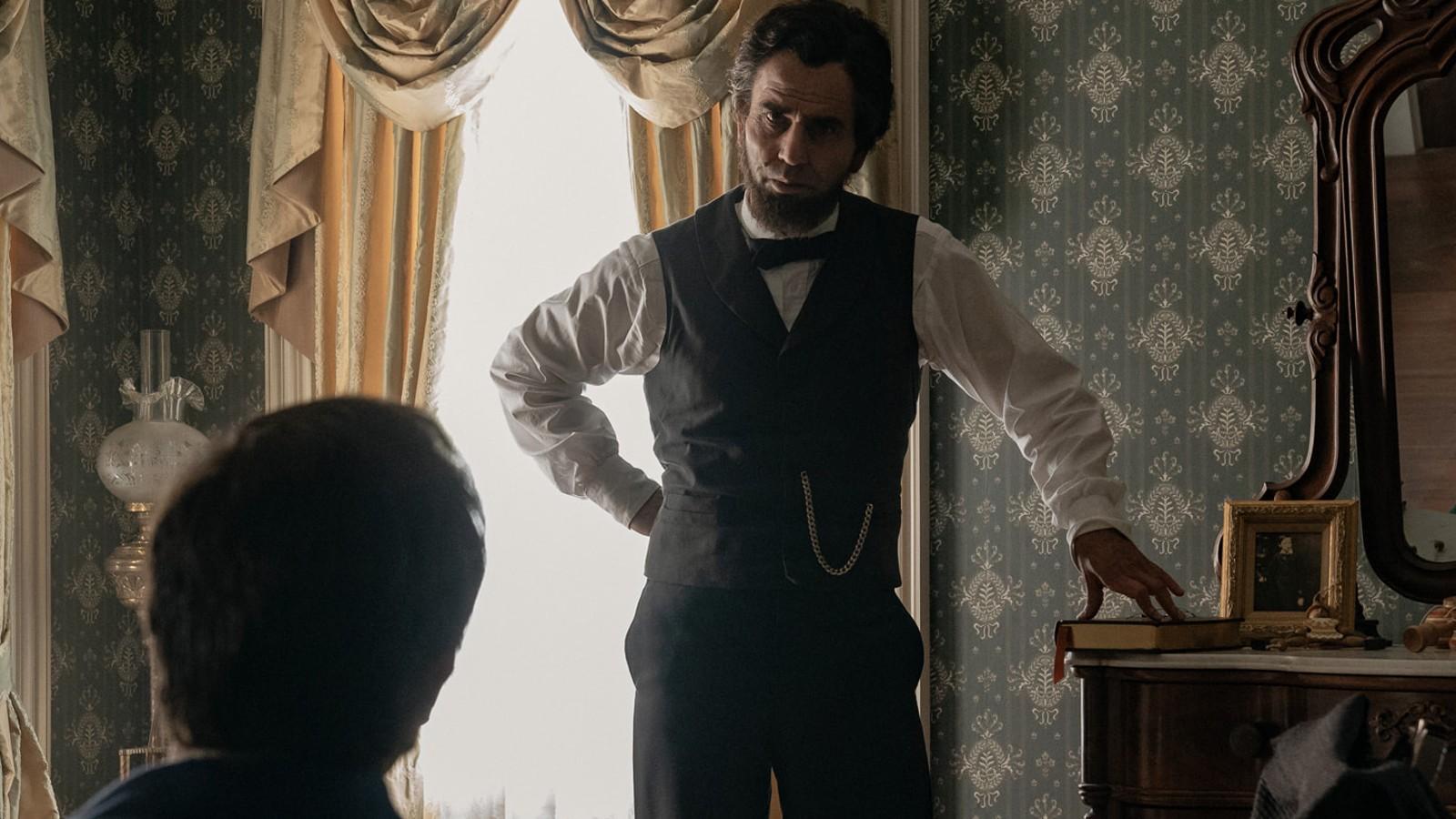Resident Evil review: Netflix’s abysmal video game adaptation is a biohazard
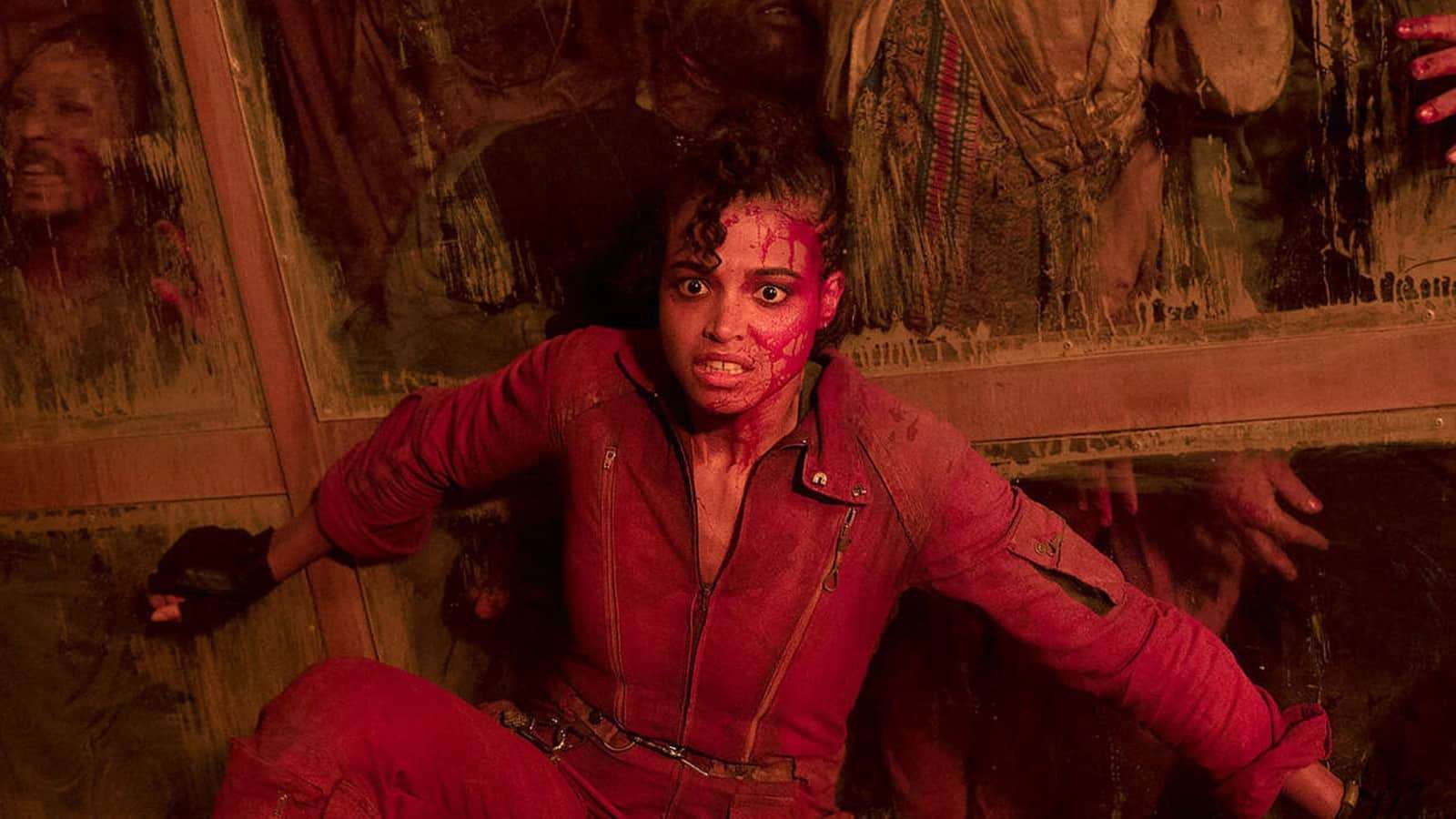 Netflix
NetflixElla Balinska in Netflix’s Resident Evil.
Netflix’s Resident Evil is only three words. The reality is much worse. Dump it into the sewer of video game adaptations, flowing thick with agonizing promise.
Picture the scene: you’re cross-legged on your carpet, your PS1 controller a Wotsit-breath away from the buttons. Immersed in the fizzing glow of your titchy TV, with only Chris Redfield’s echoed footsteps bouncing off your living room walls, you swing open the creaky door into the L-shaped corridor in Spencer Mansion.
Standing in the hallway, designed with nicotine-hued walls and ominous, bassy humming, your thumb presses gently on the D-pad. As you move forward and the camera shifts, you’re rocked by a crash; glass shatters, the score spikes with panic-inducing music, and zombie mutts chase you down.
More than 25 years later, it’s the franchise’s ultimate scare. It’s what makes Netflix’s Resident Evil series so depressing: even after all this time, it’s inherited all of the original game’s hokiness and none of the fear.
This spoiler-free review is based on the first four episodes of Resident Evil. There will be eight episodes in total upon release.
Resident Evil plot has two timelines
Unlike the Paul W.S. Anderson and Milla Jovovich era of Resident Evil in live-action, stretching 14 years of gloriously non-canonical cheese, Netflix’s new series unfolds within the convoluted mythology of the games. However, rather than adapting any one title, it takes place across two timelines, both of which are after the events of the games, all the way from that first fateful mansion to the snowy locale of Resident Evil: Village.
In our first timeline, set “three months before the end” in 2022, we have Billie (Siena Agudong) and Jade Wesker (Tamara Smart), two teenage girls who’ve been forced to move with their father, Umbrella exec Albert Wesker (Lance Reddick), to New Raccoon City in South Africa. While he works on a response to the T-virus and a new antidepressant, while seemingly injecting their blood into him each day, the sisters contend with all the woes of being new at high school, while stumbling onto the shady, scary practices of their dad’s corporation.
In the second timeline, set “14 years after the end”, a grown-up Jade (Ella Balinska) wanders an apocalyptic London. Not frighteningly quiet, like 28 Days Later or even I Am Legend, more like The Matrix’s Desert of the Real with more green screen. In between video calls with her husband and daughter, she conducts experiments on herds of zombies; more specifically, she baits them with live rabbits to assess their intelligence, looking at any level of leadership among them. However, one of her tests goes wrong, throwing her deeper into a new world of corruption and monsters – and that’s not including the zombies.
Netflix’s Resident Evil is full of red flags from the start
Red flags sprout all the way through the opening episode. Considering the franchise’s seminal status in survival horror, mediocrity cannot be given a pass. Anderson’s films got by on B-movie razzmatazz, but this feels like an earnest attempt at something that’s altogether nothing. “They really thought they were going for it here,” I muttered to myself throughout.
The zombie designs are suitably icky, but we need to talk about the running: it’s fast but not frenzied, and straight-armed rather than flailing. They’re not at all intimidating, carrying neither the impending doom of George A. Romero’s original zombies nor 28 Days Later’s fast-paced runners. That could be forgiven in another series, but not Resident Evil.
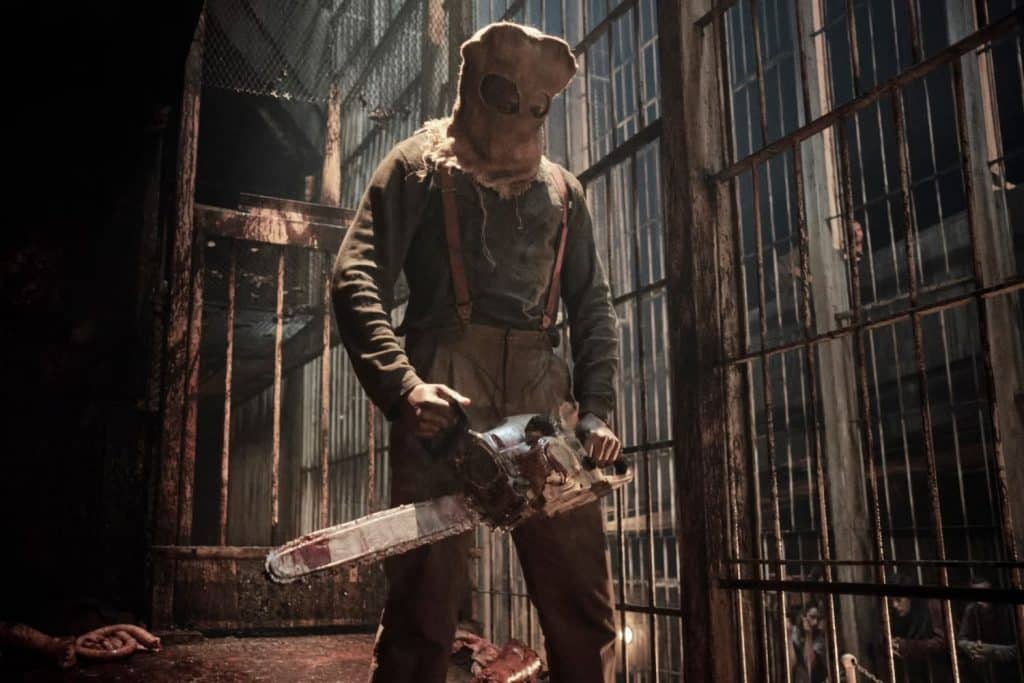 Netflix
NetflixThe dialogue is enough to make me want to bite off my own ears so I didn’t have to hear it. The latter timeline is generally fine, even mustering some sort of intrigue and empathy in the fourth episode, but almost nobody in the 2022 world acts like a real person – especially the two girls. This critique isn’t aimed at the actors, who wrestle with their characters’ strops and coming-of-age woes commendably. But why is a Resident Evil series so concerned with scrappy, eye-rolling teenage drama? Characters are either unlikeable or so transparently dull they may as well be invisible.
Reddick is also implicit, and eats up one scene with an antsy parent to the point you’ll feel yourself sinking in your seat. “I want Pornhub to shred your resume,” especially took me back.
Otherwise, it’s a script even Riverdale would turn down. From Elon Musk jokes and someone shouting “Eat this!” and flipping the bird, to a high-up Umbrella exec legitimately saying “spastics” – if the pages themselves could talk, they’d scream.
The action can be good, but the CGI is near-unforgivable
To quote The Sopranos, “There was the cinematography. That was very good.” There’s a striking mix of claustrophobic shadowing and piercing white interiors in the New Raccoon City home, while nippy, on-the-fly shooting flicks your pulse and stylish flare-reds light up darkened skies amid Jade’s terrors in the apocalypse.
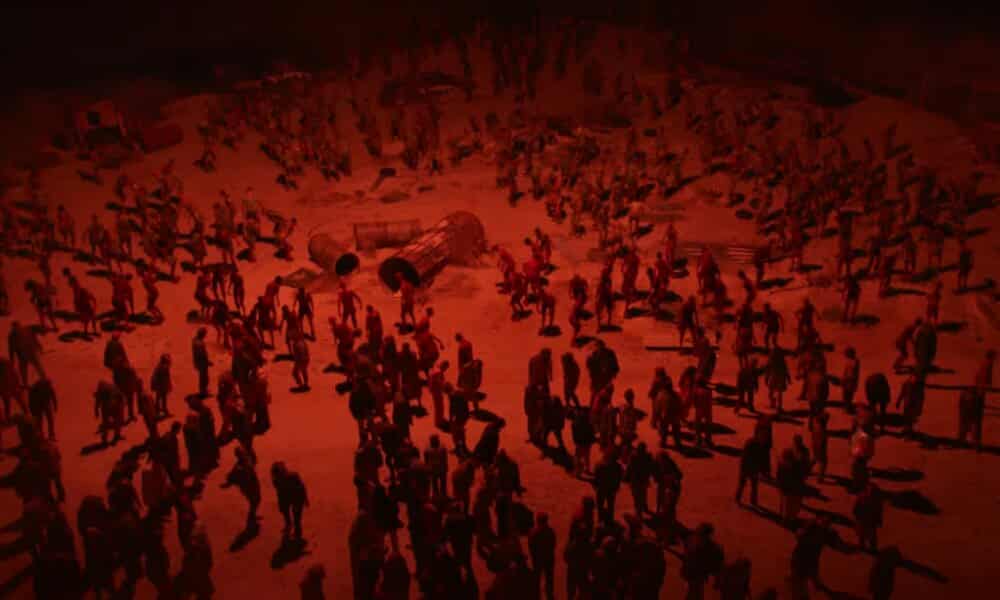 Netflix
NetflixThe action is a tale of peaks and troughs. On one hand, you have impressively-crafted Lickers and an out-of-nowhere, berzerk one-shot of a man taking on tens of zombies with handguns (think Kingsman’s church scene) that actually made me believe the show could be onto something. On the other, you have appalling VFX work.
Netflix is one of the biggest companies in the world, and similar to complaints levied against Marvel of late, it can’t cruise by on this caliber of CGI; for example, we’re past the point where there’s an excuse for unrealistic fire. Most criminally, the zombie dogs – among the most iconic creatures associated with the IP – look hilariously bad, running and sliding across floors like an after-school episode of Bamzooki.
It’s all just so baffling and derivative; not of itself, which would be understandable, but other, superior zombie movies, like the afore-mentioned 28 Days/Weeks Later, or even the original The Crazies. Perhaps it was a bit unrealistic to expect so much originality from a franchise that’s nearing 30 entries in games and expansions alone, but is this really the best we can do? It takes four episodes to even relish its own iconography, and even then it feels more like saw-service.
Through gritted teeth, it has to be said: there is a compelling mystery at play here, especially for those familiar with the canon, so much so that I’ll watch the next episodes.
Right now though, enduring Resident Evil is its own form of survival horror.
Resident Evil hits Netflix on Thursday, July 14.
